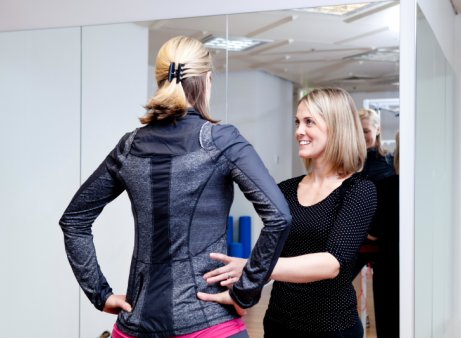Hip Tightness From Hill Running
Published on
12 Aug 2014

Call us on: (03) 9975 4133
Most pain and tightness through the front of the hip is due to overuse of the hip flexor muscles, says Pure Director Kate Senini. This is often due to poor stability around the pelvis and hip, and decreased power of the gluteal muscles. Overuse of the hip flexor causes the muscles to become fatigued and tight, which leads to pain.
Hill training requires increased muscle strength and power to drive us against gravity. In particular, the big outer gluteal muscles, hamstrings and calf muscles need to be strengthened to achieve this greater force of push off. High-level pelvic and hip stability are also important in creating a stable base from which these muscles can generate power.
Initial treatment consists of soft tissue release work to the hip flexors, with stretching and self-release techniques used daily to maintain muscle length. Sitting-based occupations also contribute to hip tightness, so stretching throughout the day may be of benefit, and should be accompanied by stability and strength retraining.
Pelvic stability is achieved through the correct activation of the deep abdominal muscles. When the pelvis is correctly positioned, the deeper layers of gluteal muscles work to stabilise the hip joints in the correct alignment which prevents hip tightness. The outer gluteal muscle can then function to provide the explosive power required, and the hamstring and calf muscles can increase their workload.
A thorough biomechanical running assessment can determine areas of poor stability and muscle weakness, and a specific exercise program should be devised to retrain this correct activation of the abdominal and deep gluteal stabilising muscles.
Back to blog home